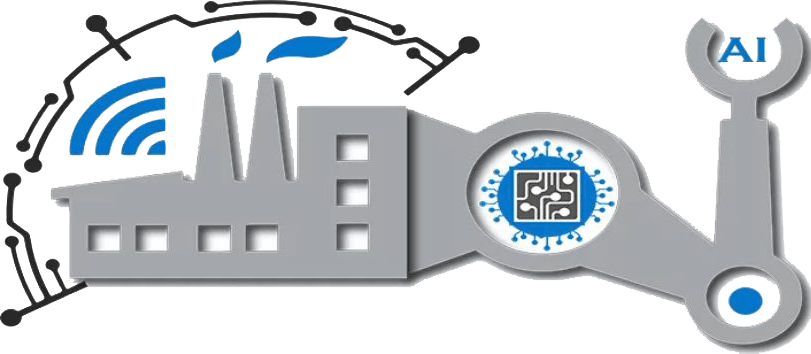3D Printing in Industry 5.0: Redefining Manufacturing through Additive Innovation
Abstract:
As Industry 5.0 unfolds, 3D printing emerges as a transformative force, reshaping traditional manufacturing paradigms through additive innovation. This paper delves into the key aspects, applications, and implications of integrating 3D printing into the fabric of Industry 5.0.
1. Introduction:
Industry 5.0 signifies a new era in manufacturing, emphasizing the integration of digital technologies. 3D printing, also known as additive manufacturing, plays a pivotal role by revolutionizing how products are conceptualized, designed, and produced.
2. Key Aspects of 3D Printing in Industry 5.0:
a. Material Advancements: Industry 5.0 sees a diversification of 3D printing materials, including advanced polymers, metals, ceramics, and even biocompatible materials. This enables the production of highly customized and specialized components.
b. Multi-Material and Multi-Modal Printing: 3D printing in Industry 5.0 introduces capabilities for simultaneous printing with multiple materials and modalities. This allows for the creation of intricate structures with varying physical properties in a single manufacturing process.
c. Large-Scale 3D Printing: Scaling up 3D printing processes for larger structures becomes a focus in Industry 5.0. This includes the development of large-scale 3D printers capable of constructing buildings, aerospace components, and other sizable objects.
3. Applications in Industry 5.0:
a. Rapid Prototyping and Iterative Design: 3D printing facilitates rapid prototyping, allowing manufacturers to iterate designs quickly and cost-effectively. This accelerates the product development cycle in Industry 5.0.
b. Customized Manufacturing: The ability to create highly customized products on-demand is a hallmark of 3D printing in Industry 5.0. This extends from personalized medical implants to tailor-made consumer goods.
c. Supply Chain Resilience: Industry 5.0 leverages 3D printing to enhance supply chain resilience. Localized and on-demand production reduces dependence on centralized manufacturing, mitigating disruptions.
4. Challenges and Considerations:
a. Quality Assurance: Ensuring the quality and consistency of 3D-printed products remains a challenge. Industry 5.0 requires robust quality assurance processes to meet regulatory standards and ensure reliability.
b. Intellectual Property Protection: The digital nature of 3D printing raises concerns about intellectual property protection. Safeguarding designs and preventing unauthorized replication are critical considerations in Industry 5.0.
5. Future Implications:
The integration of 3D printing into Industry 5.0 has profound implications for the future of manufacturing. It opens avenues for innovation, sustainability, and decentralized production, shaping a more dynamic and responsive industrial landscape.
6. Sustainable and Decentralized Manufacturing:
a. Reduced Material Waste: 3D printing in Industry 5.0 contributes to sustainability by minimizing material waste. The layer-by-layer additive process ensures that only the required amount of material is used.
b. Localized Production: The decentralized nature of 3D printing supports localized production, reducing the environmental impact associated with long-distance transportation of goods. This aligns with Industry 5.0’s emphasis on sustainability.
Conclusion:
As 3D printing converges with Industry 5.0, the manufacturing landscape undergoes a profound transformation. The additive innovation brought forth by 3D printing not only enhances efficiency and customization but also fosters a more sustainable and resilient industrial future.
